Can I Wash My Car Right After Getting the Glass Replaced?
Highlights:
- Newly installed auto glass needs time for adhesives to cure before exposure to water or pressure.
- Hand-washing is safer than automatic car washes immediately after replacement.
- Proper curing ensures structural safety and prevents leaks or shifting glass.
- Waiting at least 24–48 hours before washing is recommended by experts.
- 877 Glas Guy provides professional auto glass services for drivers in Castle Rock, WA.
After replacing a windshield or other auto glass, many drivers wonder if it’s safe to wash their car right away. The short answer is no. Windshield adhesives require time to fully cure and bond the glass to the vehicle frame. Introducing water or pressure too soon can weaken this bond, creating potential safety risks. According to DuPont’s Safe Windshield Replacement Facts, some urethane adhesives enable a “30-minute minimum drive away” under suitable conditions (0 °F and higher). Patience now helps prevent long-term damage later.
Understanding Adhesive Curing Times
Windshield replacement adhesives are designed to set quickly but still need adequate time to reach full strength. Most technicians recommend waiting at least 24 hours before exposing the vehicle to water or pressure, though some urethane adhesives can set faster depending on humidity and temperature. According to Sika’s “Minimum Drive-Away Time” guidelines, fast-cure adhesives typically allow safe drive-away in 30 minutes to a couple of hours, but full strength may require a longer cure period. In Castle Rock, WA’s wet climate, following curing guidelines closely is critical for glass longevity and safety.
Risks of Washing Too Soon
Washing your car too soon after a glass replacement can cause multiple problems. High-pressure water from an automatic wash may disrupt the adhesive seal, leading to leaks. Strong detergents can interfere with the bonding process, and brushes in older car washes may knock the windshield out of alignment before the adhesive sets. Even hand-washing with a hose can create enough water pressure to compromise the edges of the glass. Avoiding these risks ensures that the windshield remains safely bonded and leak-free for years to come.
Frequently Asked Questions
Can I wash my car the same day after glass replacement?
No, it’s best to wait at least 24 hours, though 48 hours is safer.
What if it rains right after replacement?
Light rain usually isn’t a problem, but heavy storms may affect adhesive curing.
Can I wipe dirt or bugs off the new windshield?
Yes, but do it gently with a microfiber cloth to avoid stressing the seal.
If your car gets dirty within the first 24–48 hours, it’s safer to do a gentle spot cleaning rather than a full wash. Use a damp microfiber cloth to remove dust, bugs, or fingerprints from the glass. Avoid applying pressure near the edges where the adhesive is still curing. Mild cleaning helps maintain visibility without compromising the integrity of the new installation. For drivers in Castle Rock, WA, where road dust and rain are frequent, light cleaning is often enough to keep the windshield safe during the curing period.
Hand-Washing vs. Automatic Car Washes
When the curing period is complete, hand-washing is still a safer option compared to automatic car washes. Hand-washing allows you to control water pressure and avoid harsh brushes. Automatic car washes, especially older ones with spinning brushes, can put excessive strain on seals or scratch new glass. According to Automaniacs, automated washes risk “glass & trim damage” among other issues, reinforcing that hand washing is safer for delicate components. Once adhesives are fully set, regular washes can resume safely, but hand-washing remains the gentlest choice.
Frequently Asked Questions
How long should I avoid automatic car washes?
At least 48 hours, but longer is better if adhesives require extended curing.
Is touchless car washing safer than brush washes?
Yes, but high-pressure water should still be avoided in the first few days.
Can I wax my car after windshield replacement?
Wait a few days before waxing to avoid disturbing trim or adhesive seals.
Weather plays a big role in the curing process. In humid conditions, adhesives may cure faster, while cold weather slows down the process. For Castle Rock, WA drivers who deal with rain, it’s important to park in covered areas when possible after replacement. If parking outdoors, avoid using car covers that may press against the windshield edges. Monitoring the forecast before scheduling glass replacement helps ensure optimal curing conditions and avoids unnecessary exposure to water or wind pressure too soon.
Other Post-Replacement Care Tips
Beyond waiting to wash your car, there are other important aftercare steps. Avoid slamming doors in the first 24 hours, as the air pressure can stress the uncured seal. Leave one window slightly cracked open to reduce pressure changes inside the cabin. Don’t remove the protective tape that technicians often place around the windshield—it helps hold trim in place while adhesives set. These small precautions support a strong, long-lasting bond and keep your vehicle safe on the road after a windshield replacement.
Frequently Asked Questions
Why do installers use tape after windshield replacement?
The tape helps stabilize the glass and protect the adhesive as it cures.
Can I drive long distances right after replacement?
Short trips are usually fine, but check with your installer for specific drive-away times.
Will temperature changes affect the new glass?
Yes, extreme hot or cold can slow curing or create stress on the seal.
If you accidentally washed your car too soon after a windshield replacement and notice leaks, noise, or shifting, it’s important to have the installation inspected. Professional glass installers can determine if the seal was compromised and reapply adhesive if necessary. In Castle Rock, WA, drivers rely on 877 Glas Guy for expert inspections, repairs, and full replacements when needed. Acting quickly prevents minor problems from escalating into safety hazards, ensuring the windshield remains secure and your vehicle stays protected.
When to Seek Professional Help
The safest choice after auto glass replacement is to wait before washing your car. By giving adhesives enough time to cure, you protect both the structural strength of your windshield and your long-term safety. Hand-washing remains the gentlest method once waiting periods have passed, while automatic washes should be postponed until adhesives fully set. For Castle Rock, WA drivers, turning to trusted professionals like 877 Glas Guy ensures proper installation, reliable aftercare guidance, and peace of mind every time you drive. A little patience today prevents costly repairs tomorrow.
Final Care Recommendations
In addition to delaying car washes, drivers should remember that the first few days after a windshield replacement are the most critical for long-term durability. Following simple rules—avoiding high-pressure washes, resisting the urge to peel away protective tape, and monitoring for leaks—ensures the installation cures correctly. Light rain is rarely an issue, but any mechanical pressure or aggressive cleaning can undo hours of professional work. Think of this period as an investment in safety: once adhesives are fully bonded, your windshield returns to its role as a structural safeguard.
For Castle Rock, WA drivers who rely on their vehicles daily, knowing when and how to resume normal car care is essential. By taking the extra time to let adhesives cure and seeking help from professionals like 877 Glas Guy when questions arise, you avoid unnecessary risks and guarantee the windshield will last as long as possible. Being mindful during those first 48 hours not only protects your new glass but also strengthens your vehicle’s ability to keep you and your passengers safe for every mile ahead.
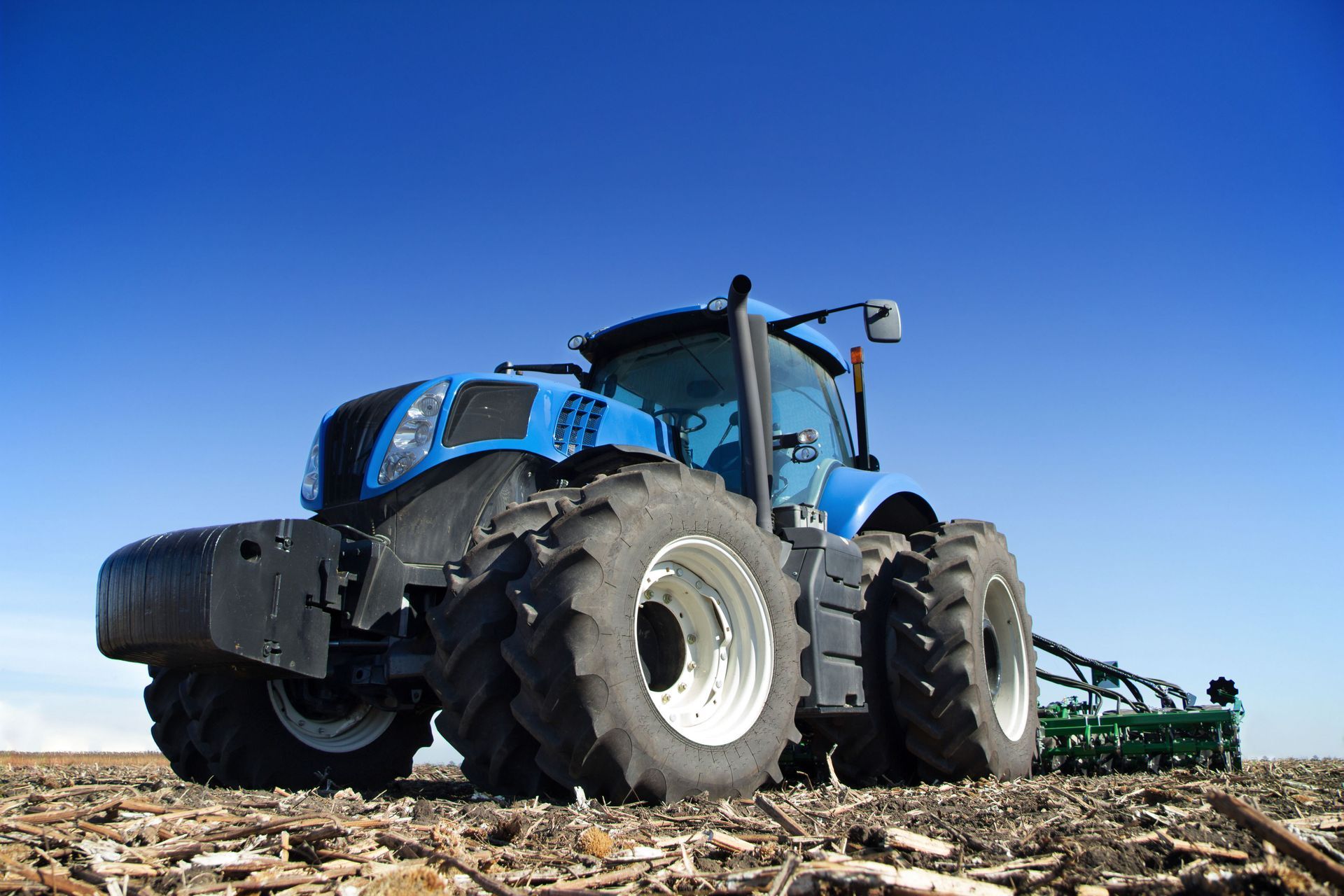
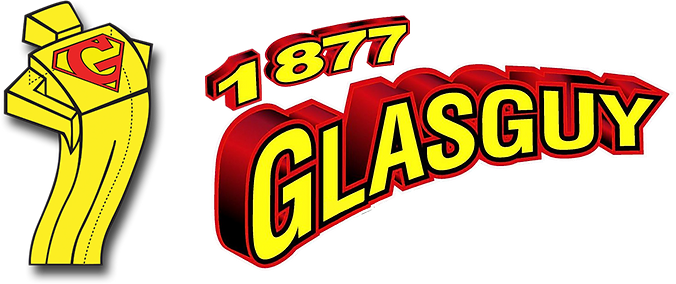
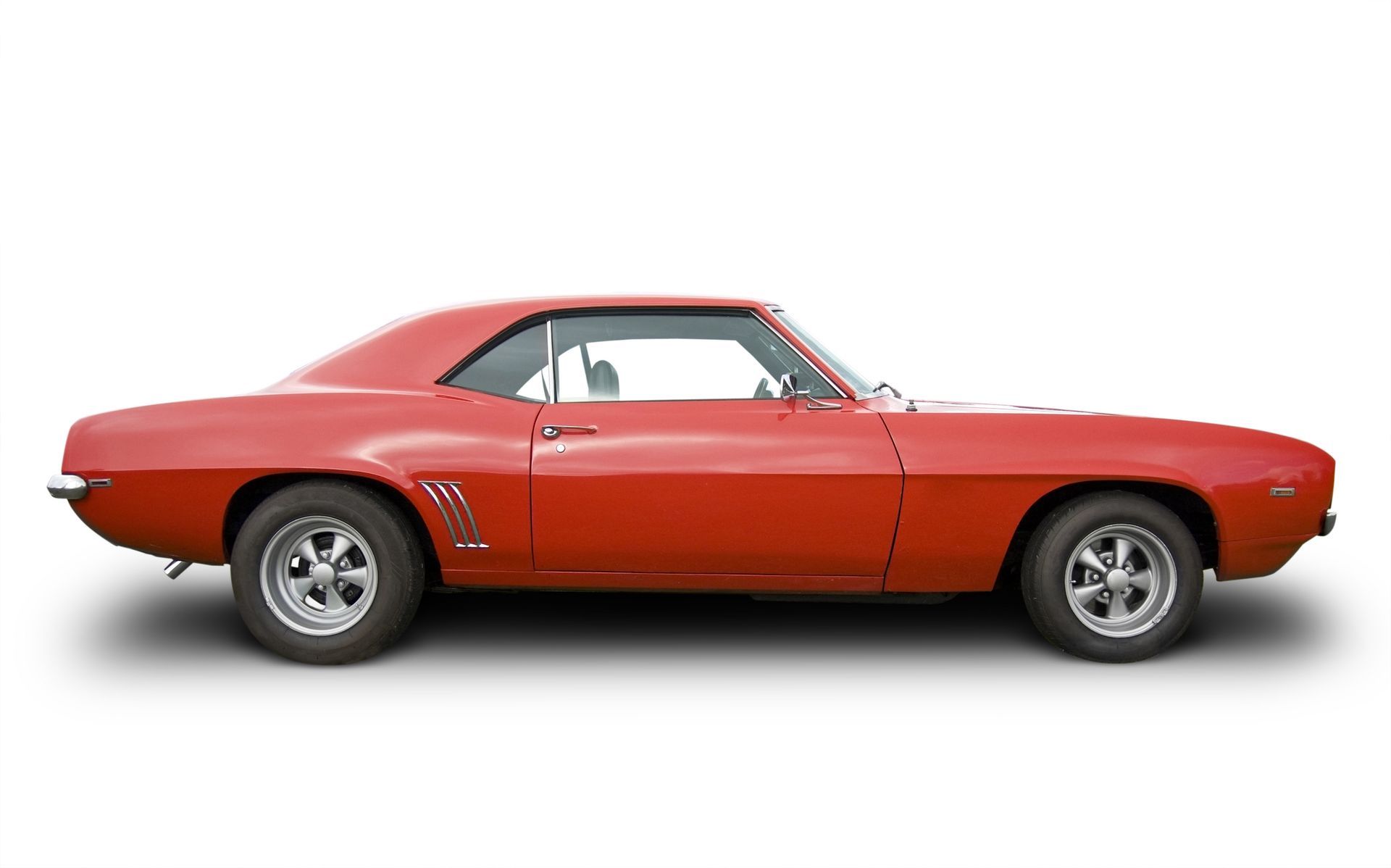
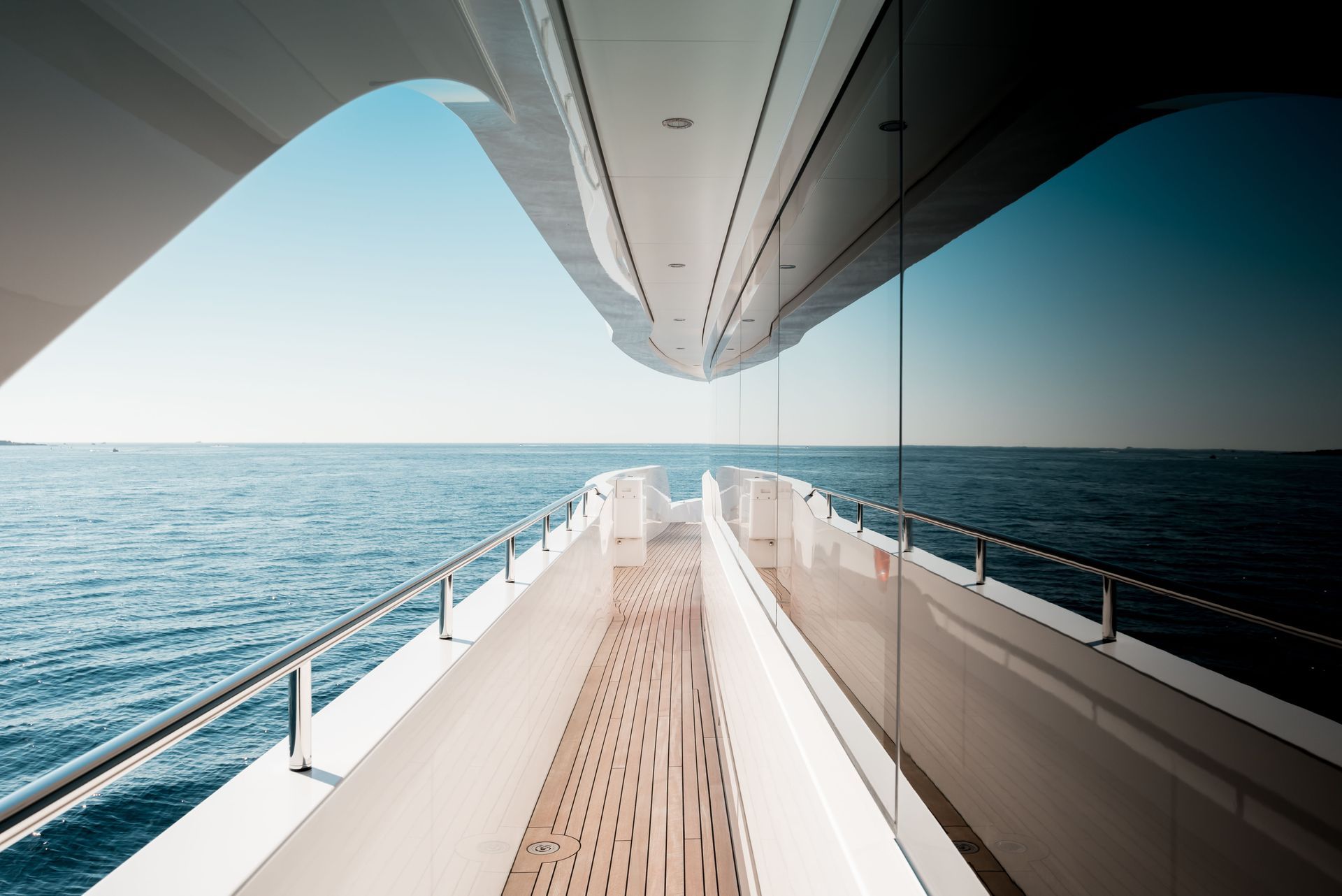
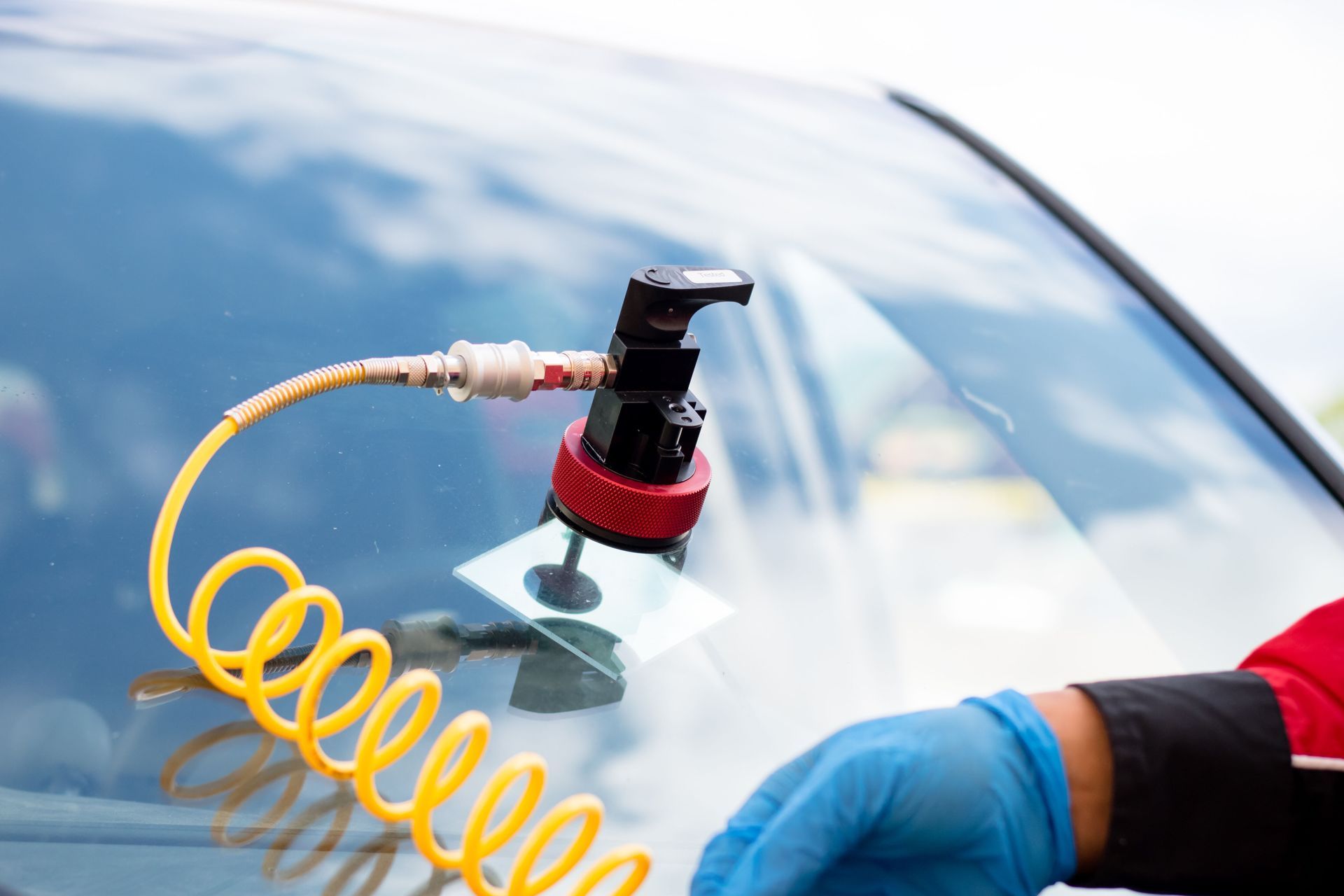
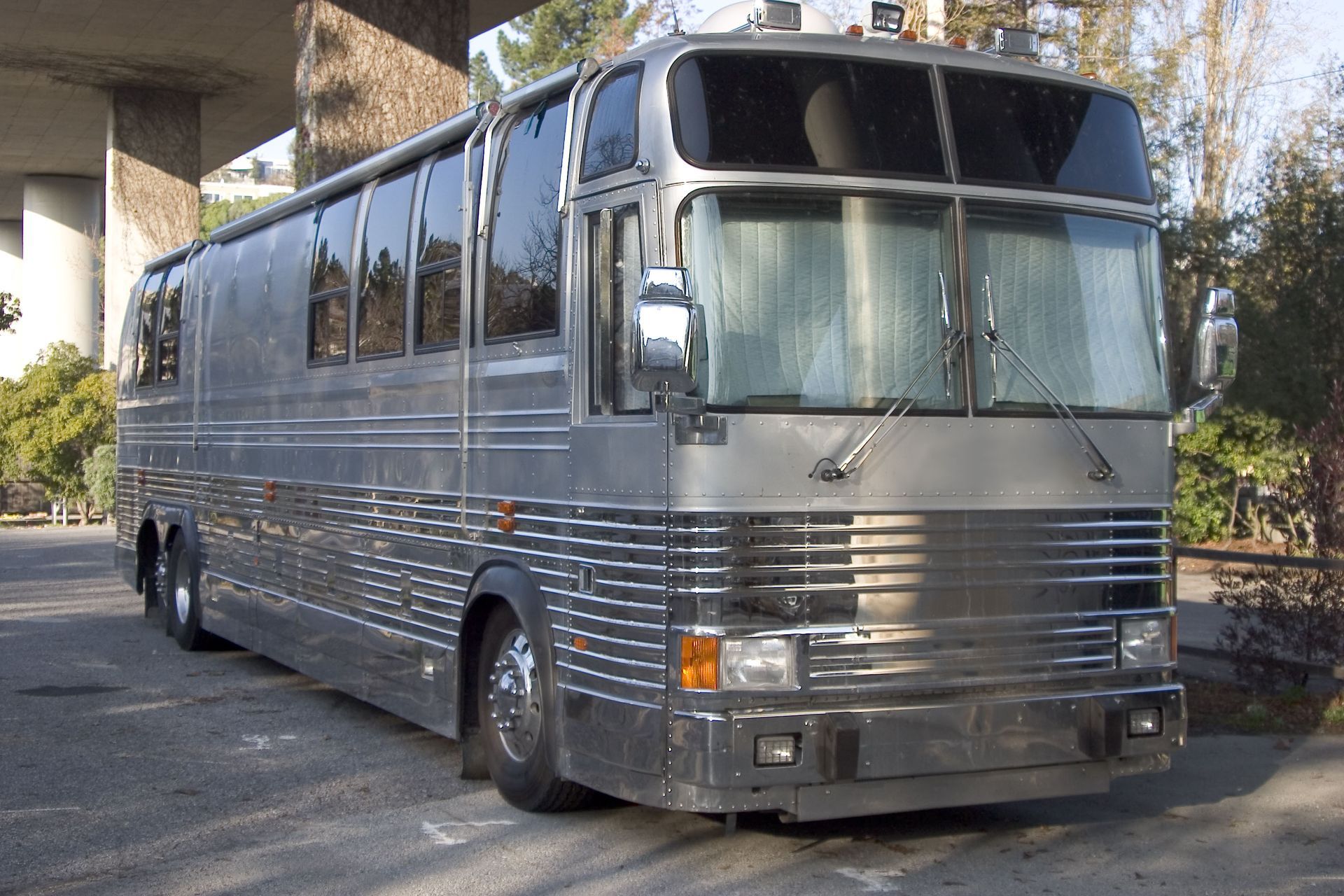
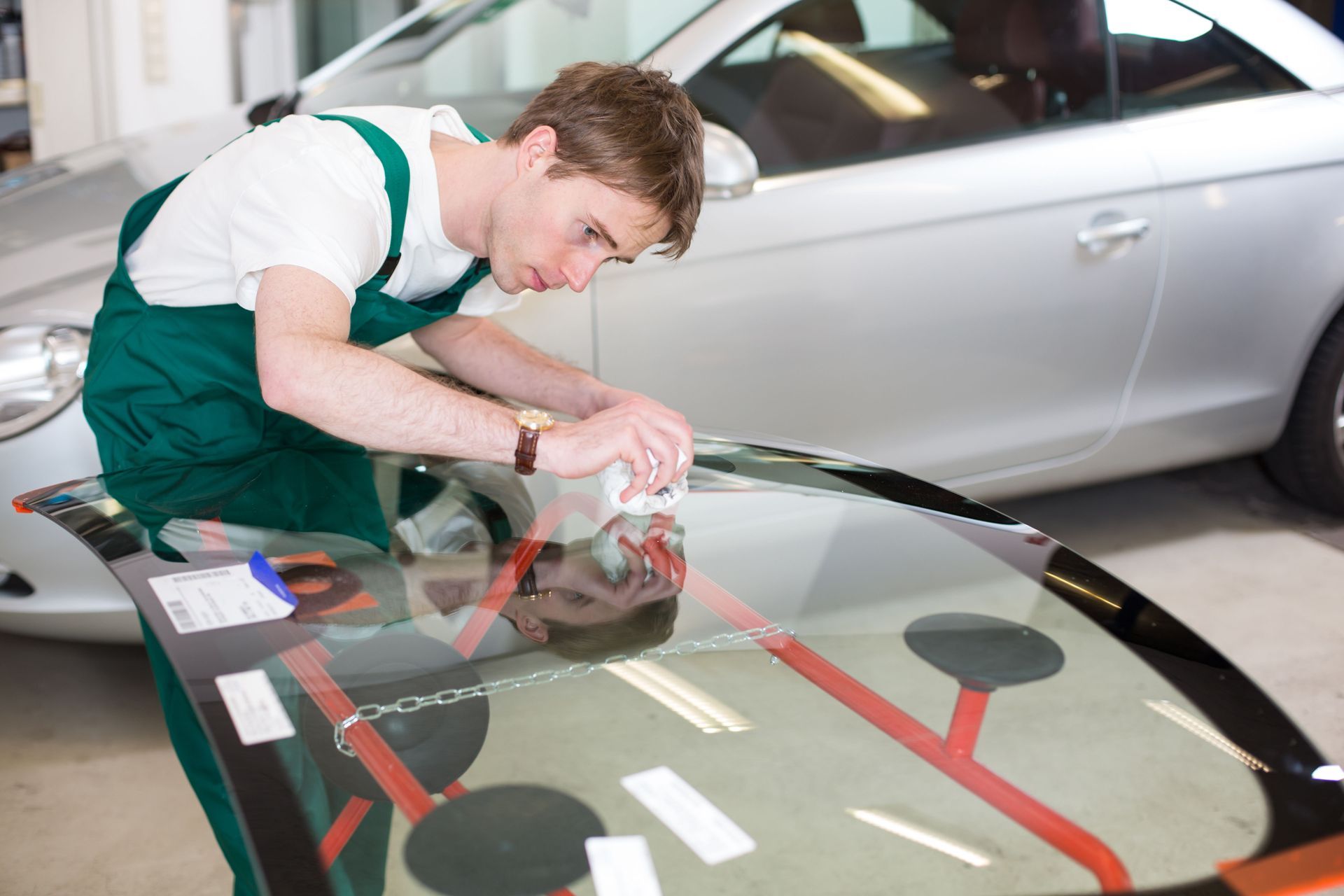
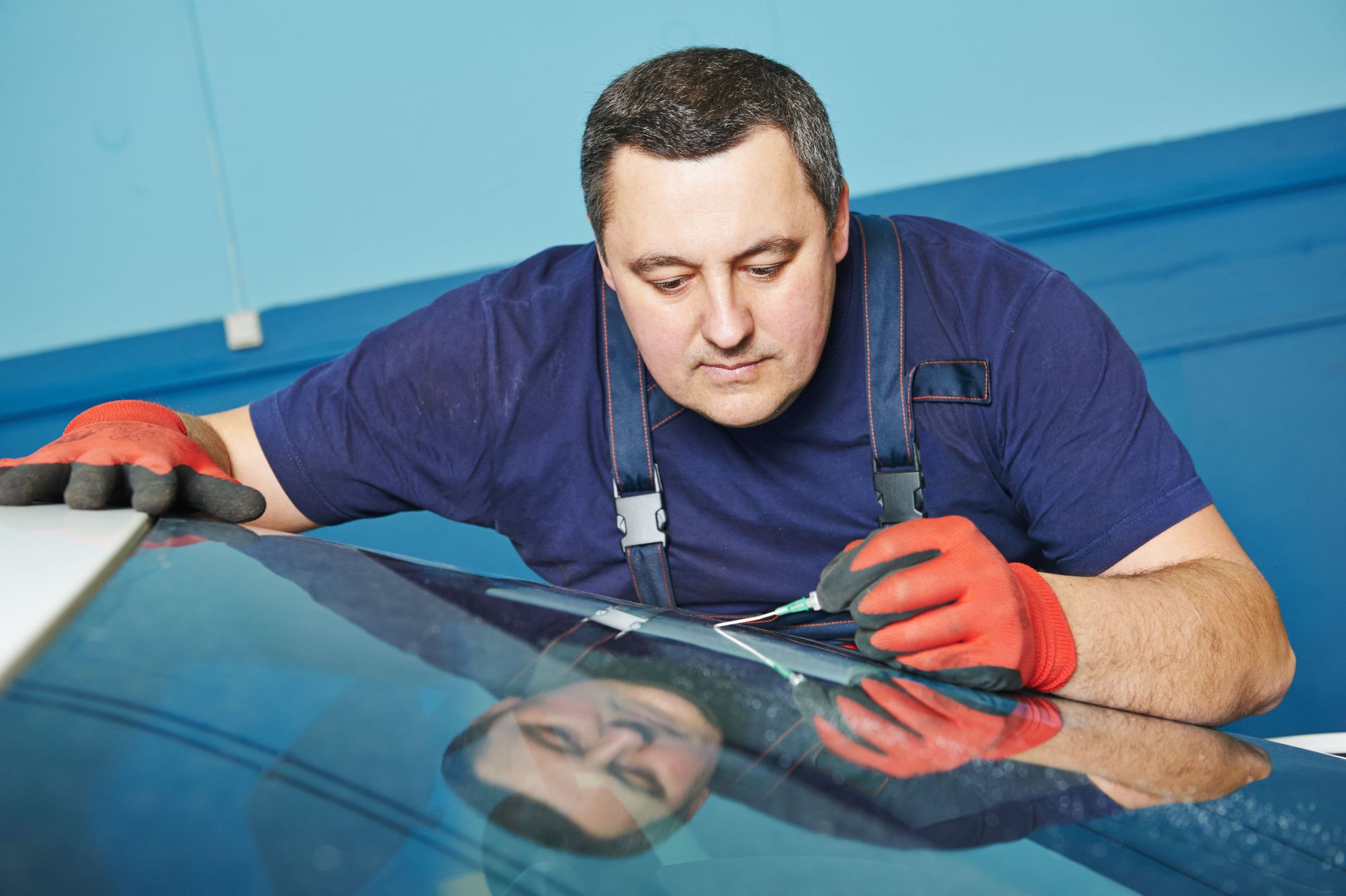
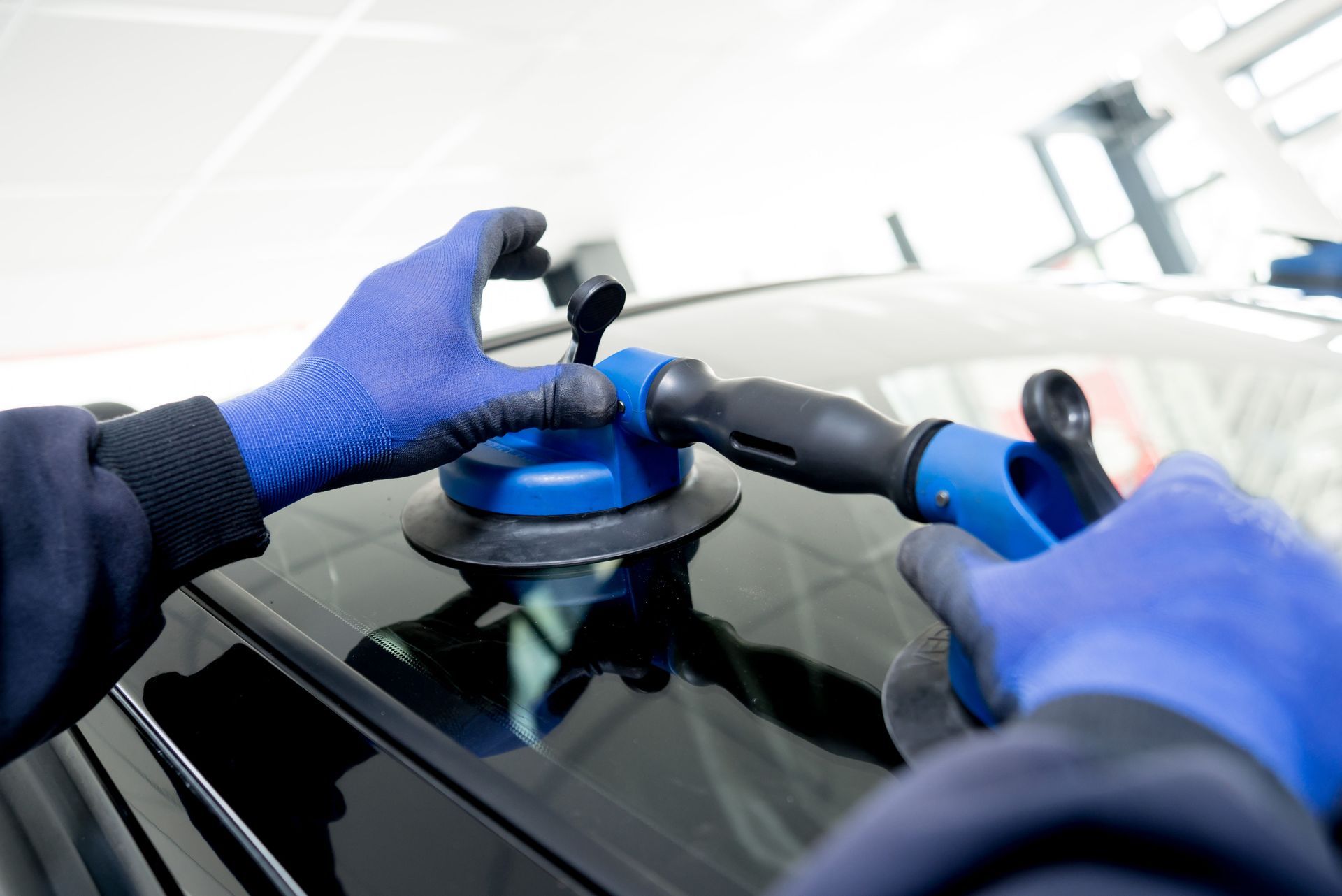
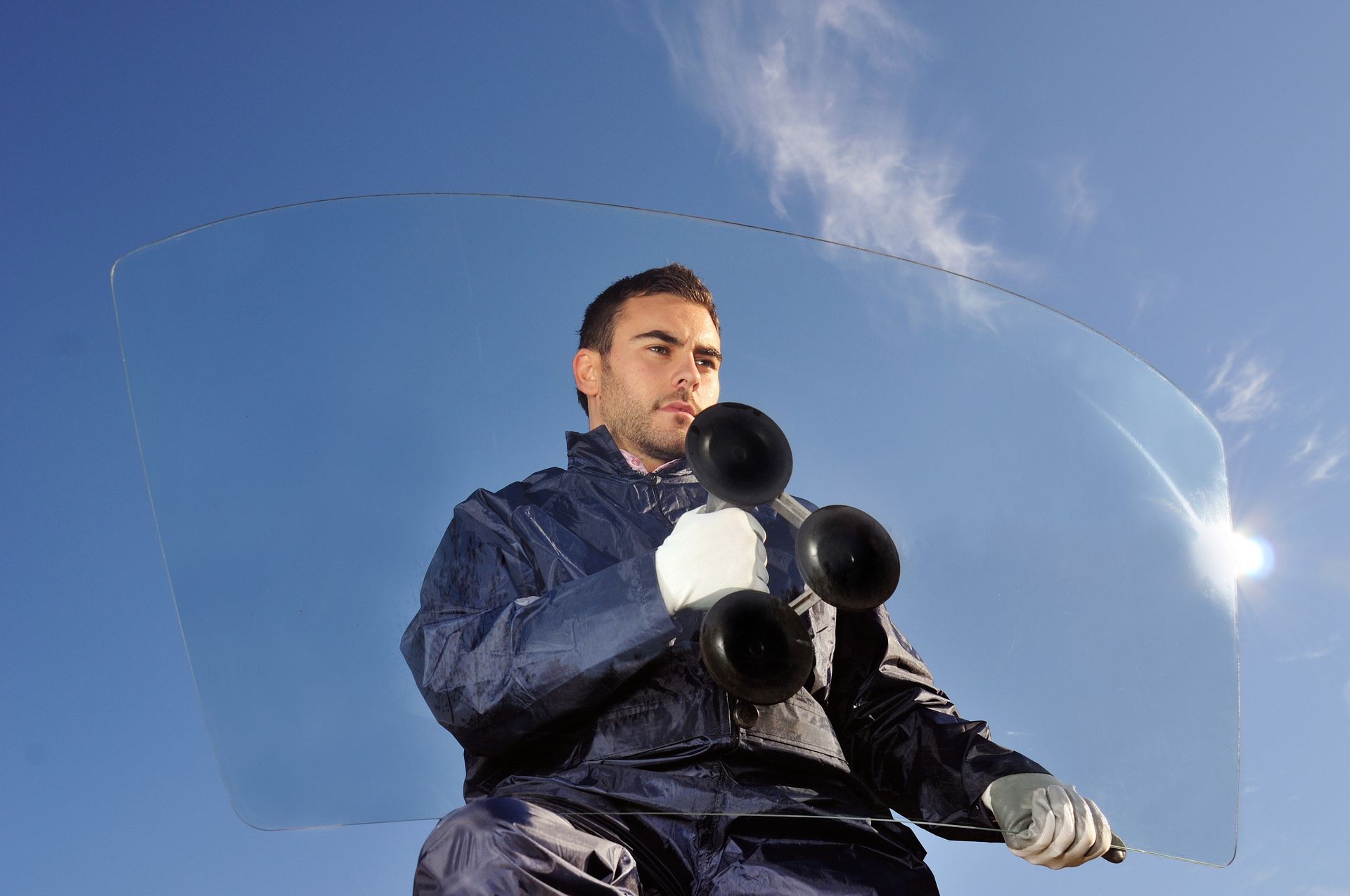
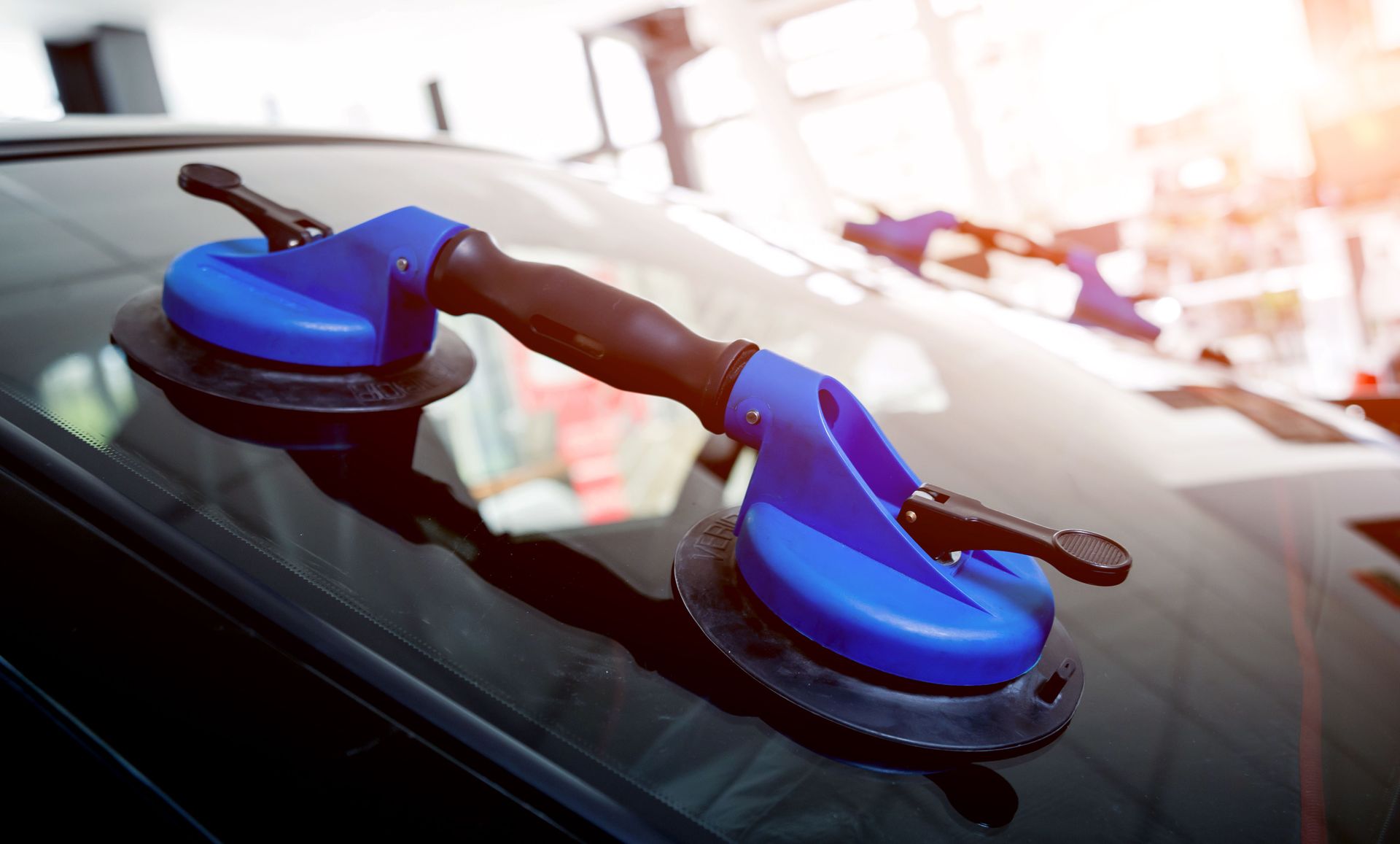
Share On: